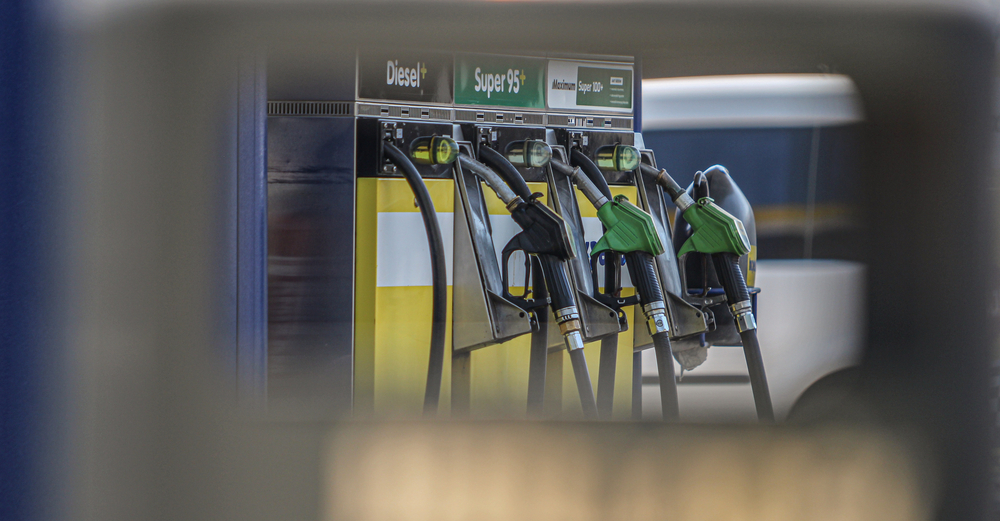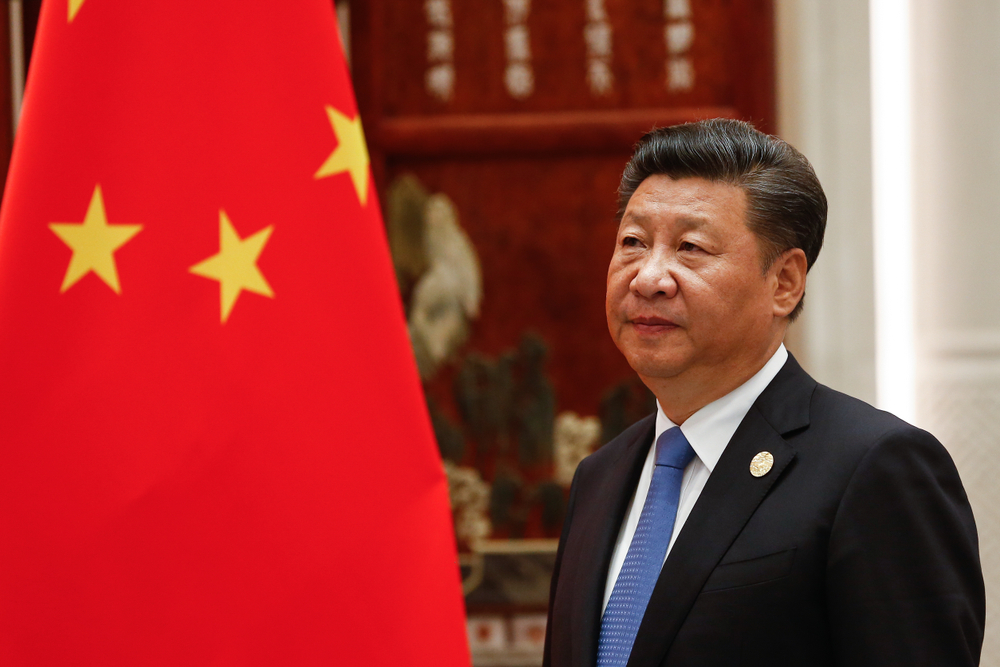MOL Sets Sights on Self-sustainability
File photo shows MOL chairman-CEO Zsolt Hernádi addressing an Amercian Chamber of Commerce in Hungary event.
Photo by AmCham.
Hungary-based energy multinational MOL has seen troubled times along with its peers, but its latest figures show a significant rebound. The energy sector still looks turbulent, but also promising for those involved. As long as the company can manage diversification, it could achieve total detachment from Russian supplies and secure its prospects.
Despite challenging times with the effect of the pandemic compounded by the neighboring war and the consequent reshuffle of international energy markets and regulatory changes, Hungarian oil and gas giant MOL delivered good news to its shareholders after its latest business year.
“While our 2022 financial results could have easily served for satisfaction, it is best to look at the full picture to take away all the learnings. It is true that our EBITDA generation improved further in 2022. Yet, we faced an extreme level of government interventions as various CEE governments introduced fuel price caps, other price regulatory measures, as well as windfall and solidarity taxes,” chairman-CEO Zsolt Hernádi commented on MOL’s 2022 business results.
The firm made a record payout on its performance in the 2022 financial year: MOL announced a dividend pool of HUF 279,751,665,550, amounting to HUF 354.26 per share. Regarding the future, MOL must figure out how to reorganize its supply routes and make the necessary technological developments. The EU introduced a ban on Russian fuel imports in February 2023, and by now, prices, including diesel, have reduced across Europe, with alternative supplies from Asia and the Middle East taking ground through imports.
For the time being, pipeline oil supplies are exempt from sanctions but nonetheless pose a risk. There have already been disruptions from the Druzhba (Friendship) pipeline, the critical supply route for Russian oil to Hungary, running via Ukraine. MOL estimates it is currently able to replace 80% of Russian oil. Right now, it uses 30 to 35% of non-Russian crude oil and says that the proportion will grow to around half by December 2023, while full replacement will be possible from 2025.
Business Booming
Given its positive cash position, the company has been able to continue announcing new acquisitions and procurement deals. At the end of June, it said it had closed the acquisition of Slovenian peer OMV Slovenija in cooperation with INA, MOL Group’s Croatian member. The 92.25% stake cost EUR 301 million.
The deal had first been announced in June 2021 but had been held up pending approval from the European Commission. Earlier, the commission had aired concerns that the sale would reduce the number of significant retail motor fuel operators in Slovenia from three to two and significantly reduce competition in the market for retail motor fuel sales from non-motorway gas stations. To win EU approval, MOL said it would sell 39 of its filling stations in Slovenia to Shell.
Most recently, MOL signed an agreement to acquire the Szarvas biogas plant from BayWa AG. The facility produces 12.5 million cubic meters of biogas annually and has a peak power-generating capacity of around four megawatts.
MOL also signed a contract with Croatian pipeline operator Janaf to deliver 2.9 million tons of crude this year. The agreement includes storage capacity for 79,385 cubic meters of oil at Janaf’s Omisalj terminal and for 70,000 cubic meters at the terminal in Sisak for an undisclosed price.
MOL has also been expanding its operations and won a 35-year Hungarian state concession under which it will collect municipal solid waste, effective July 1. The deal states that MOL will collect nearly five million tonnes of garbage annually until 2058 and must ensure treatment and the implementation of related investments. The National Bank of Hungary highlighted the deal as a priority development in Hungary, making a step ahead in its environmental goals.
A region-wide study released by Fitch Ratings indicates that things are looking up in the energy industry. European refining companies posted record profitability and cash flow in 2022 due to a tight market and high fuel prices following Russia’s invasion of Ukraine and lower imports of fuels to Europe from Russia.
Energy Transition
European refining margins will moderate in the near term but will remain above historical averages, Fitch Ratings says. Pressure on GDP growth, which affects fuel demand, remains the main short-term risk. The energy transition will increasingly influence refiners’ long-term strategies.
Poland’s PKN Orlen and MOL are the largest and most diversified of the peers assessed, including vertical integration into the upstream and marketing sectors, and so benefit from higher profitability. The ratings agency notes that the Hungarian company’s diversified portfolio puts it in a more advantageous position than the likes of Romania’s KMGI in what is already a more competitive market.
Fitch also considers MOL’s outlook favorable because of how effectively it is restructuring its business and supply routes. One of the main reasons the agency improved MOL’s rating outlook this year from “negative” to “stable” was that, although a halt in Russian oil and gas supplies to Hungary cannot be ruled out completely, “we believe there is a lower risk of the negative scenario materializing.”
Accordingly, MOL is better placed to weather material disruptions in Russian supplies due to its increasing capability to replace Russian oil by half by December 2023 and source gas from alternative routes, with total self-sufficiency expected by 2025.
With a relatively favorable overall outlook, MOL is also highlighting its sustainability efforts. As such, MOL boss Hernádi stated, “Together with ensuring financial delivery and while weathering the storm of a full year in turbulence, we made sure we did not lose focus. That is, we have remained committed to the transformation of MOL Group in line with the Shape Tomorrow 2030+ strategy.”
This plan involves investments in green hydrogen production along with innovative developments for its new waste management venture. Hernádi expects all this to allow MOL to expand into new low-carbon businesses with enormous potential.
This article was first published in the Budapest Business Journal print issue of July 28, 2023.
SUPPORT THE BUDAPEST BUSINESS JOURNAL
Producing journalism that is worthy of the name is a costly business. For 27 years, the publishers, editors and reporters of the Budapest Business Journal have striven to bring you business news that works, information that you can trust, that is factual, accurate and presented without fear or favor.
Newspaper organizations across the globe have struggled to find a business model that allows them to continue to excel, without compromising their ability to perform. Most recently, some have experimented with the idea of involving their most important stakeholders, their readers.
We would like to offer that same opportunity to our readers. We would like to invite you to help us deliver the quality business journalism you require. Hit our Support the BBJ button and you can choose the how much and how often you send us your contributions.











